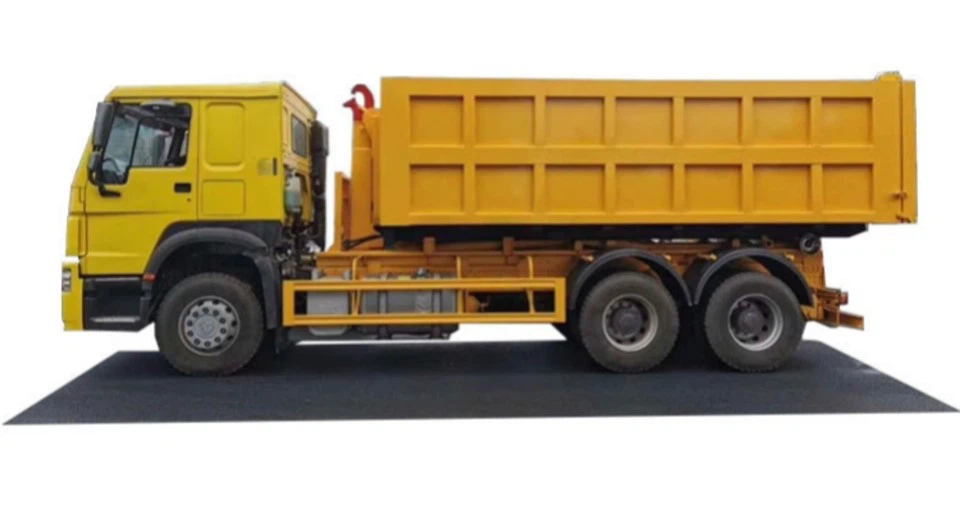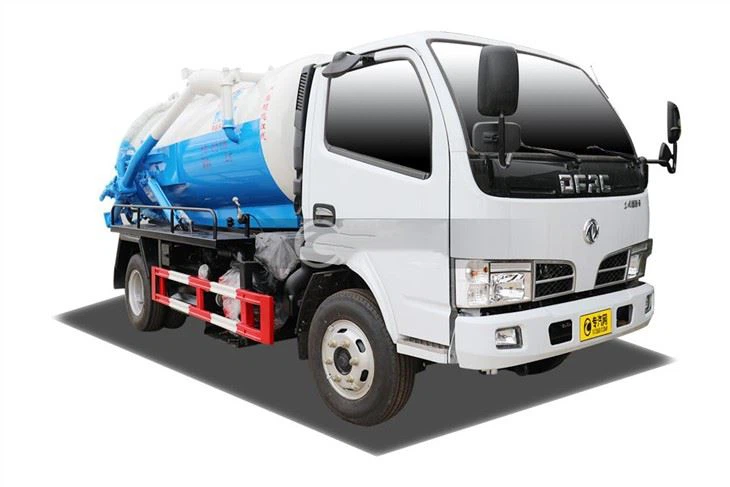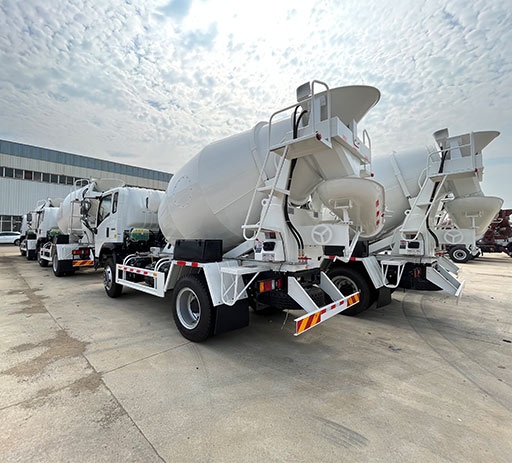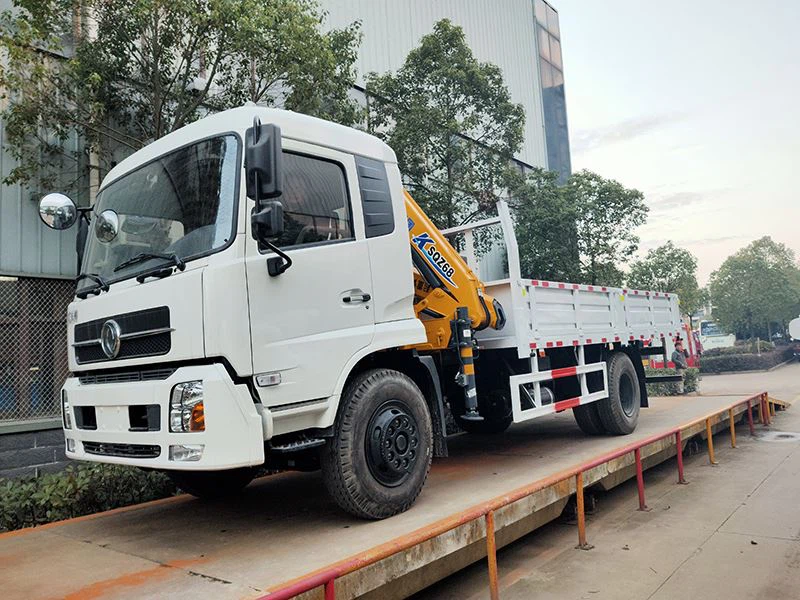The Best Time to Buy an RV: A Comprehensive Guide

Buying a recreational vehicle (RV) is a significant investment and can lead to many adventures on the open road. However, choosing the right time to make that purchase can greatly impact your wallet. This article explores the best times to buy an RV, considering various factors like pricing, inventory, and seasonal trends. We’ll cover practical tips, insights, and strategies to help you make an informed decision.
Understanding the RV Market
The RV Industry Overview
The RV industry has seen rapid growth in recent years, fueled by increasing interest in outdoor adventures and road trips. Understanding its dynamics will help you time your purchase effectively.
RV Types and Their Popularity
Before diving into the best buying times, it’s essential to understand the different types of RVs available:
- Motorhomes: These include Class A, B, and C motorhomes, great for those who prefer convenience.
- Travel Trailers: Towed by a vehicle, they offer flexible options for travelers.
- Fifth Wheels: These require a pickup truck for towing and provide ample living space.
Factors Influencing RV Purchases
Several factors determine when the best time to buy an RV is. These include seasonality, economic conditions, and manufacturer release schedules.
When is the Best Time to Buy an RV?
1. Off-Season Shopping
Generally, the best time to buy an RV is during the off-peak season, which typically falls between late fall and early spring.
- Late Fall: October to November
- Winter: January to March
Dealers often want to clear their inventory before the new models arrive, leading to reduced prices and better negotiation opportunities.
Example: Winter Deals
For instance, many dealerships offer significant discounts right after the new year. You may find prices slashed by as much as 20% during this period.
2. End of Model Year Sales
Another prime opportunity for buyers is at the end of the model year, usually around September to October. Dealerships aim to clear existing inventory to make space for new models.
Tips for This Period
- Research what models are being phased out.
- Visit multiple dealerships to compare prices.
3. RV Shows and Expos
Attending RV shows can provide significant benefits, especially when considering bulk discounts from manufacturers and dealers.
Benefits of Attending RV Shows
- One-stop shopping for numerous models.
- Access to exclusive deals and promotions.
4. Economic Considerations
Paying attention to the economy can also aid in timing your purchase. When the economy is booming, RV prices may rise due to increased demand.
Responding to Economic Trends

- Monitor economic indicators, such as employment rates.
- Consider waiting during recession periods for potential price drops.
5. Regional Timing Variations
The timing for purchasing an RV may vary based on your geographical location.
Example: Seasonal Changes by Region
| Region | Best Buying Period |
|---|---|
| Northern States | Late Fall and Winter |
| Southern States | End of Summer |
Practical Tips for Buying an RV
Research and Preparation
Before you buy, thorough research is crucial. Understand your needs and budget, and examine various models ahead of time.
Use Online Resources

Websites and forums dedicated to RV owners provide valuable insights into the types, pricing, and experiences of other buyers.
Test Drives and Inspections
Test driving potential buys is a must. Don’t just settle for the first RV you encounter. Check the handling, comfort, and features extensively.
How to Conduct an Inspection
- Check for leaks and wear.
- Inspect the appliances and systems.
- Review the tires for inflation and tread wear.
Negotiation Strategies
Don’t shy away from negotiating. Dealers often expect it, and successful negotiations can save you thousands.
Key Negotiation Techniques
- Be prepared to walk away if the deal isn’t right.
- Have a maximum price in mind before starting discussions.
Financing Options
Explore multiple financing options to get the best rates. Credit unions, banks, and dealership financing can offer different advantages.
Pros and Cons of Financing Methods
| Method | Pros | Cons |
|---|---|---|
| Bank Financing | Transparent terms, lower rates | Longer application process |
| Dealership Financing | Instant approval, convenience | Potentially higher rates |
Trade-In Considerations
If you have an existing RV, trading it in can significantly reduce the cost of your new purchase. Research its value to ensure you’re getting a fair offer.
Tips for Trade-In Success
- Get a pre-trade-in appraisal from a professional.
- Gather maintenance records and documentation.
Frequently Asked Questions (FAQ)
1. What is the best time of year to buy an RV?
The best time of year to buy an RV is typically during the off-season, which is between late fall and early spring, or at the end of the model year in September and October.
2. Can I negotiate the price of an RV?
Yes, negotiating the price of an RV is common and encouraged. Researching prices and understanding your budget can give you leverage when negotiating.

3. Are RV shows worth attending?
Absolutely! RV shows often feature exclusive deals, a wide variety of models, and opportunities to connect with manufacturers.
4. How can I ensure I’m getting a good deal on my RV?
Research, compare prices at multiple dealerships, and stay informed about seasonal discounts and promotional events.
5. What should I check during an RV inspection?
Inspect for leaks, check appliances, assess tire condition, and review the overall condition to ensure it meets your needs.
6. Is financing an RV like financing a car?
Yes, financing an RV is similar to financing a car, but the terms might differ. It’s important to shop around for the best rates and terms.
